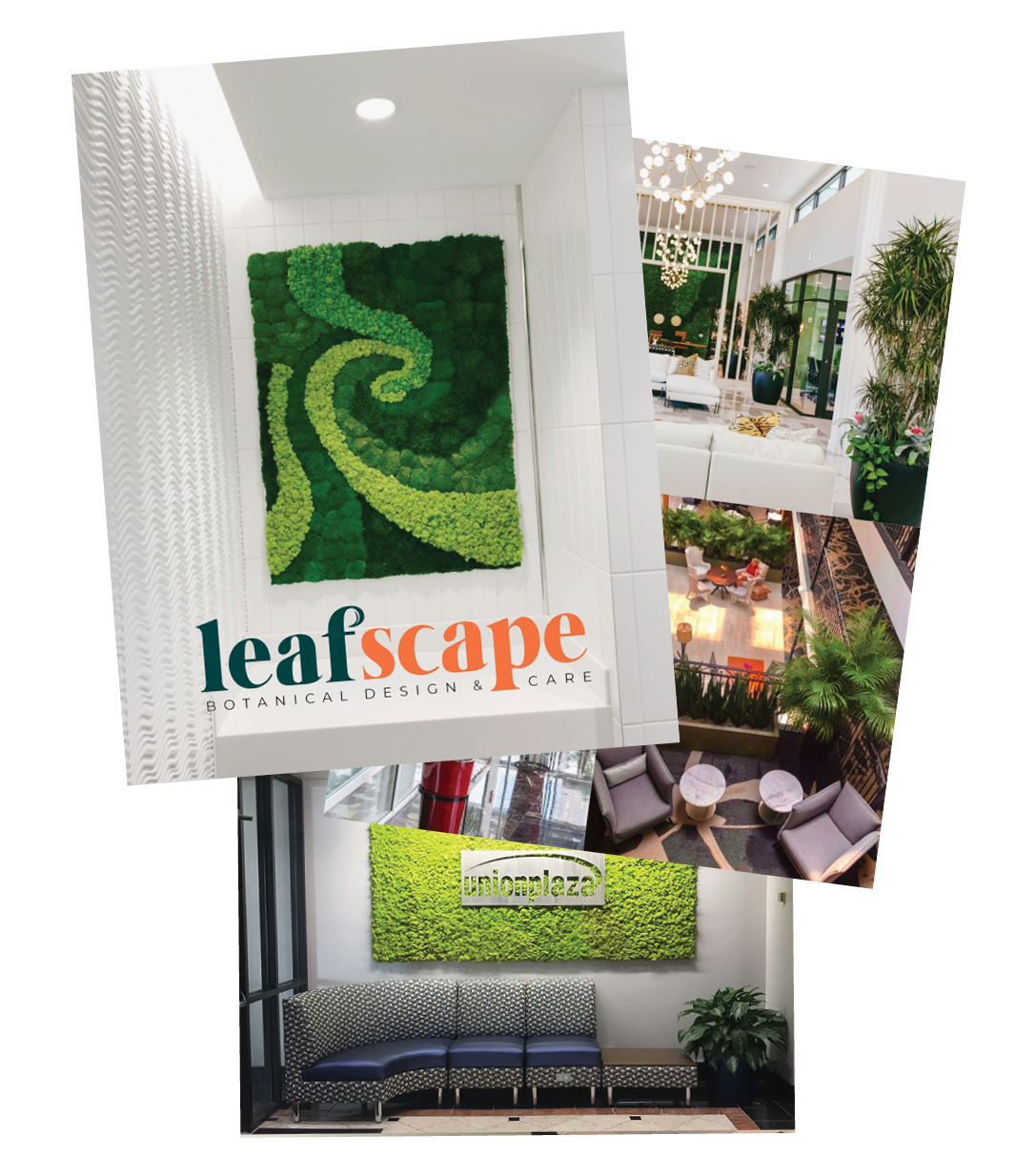We spend what, eight, 10 hours a day in our grim-gray cubicles at work? They’re all alike, with their faded fabric dividers affording no privacy and dirt-brown carpets darkened with hints of soup and soda.
But here’s a practical road to workplace relief: the cubby garden.
“You look around and see a garden flowering. It lifts your spirits,” said Marilyn E. Reynolds, an office-plant buff whose cubby at the Pennsylvania Horticultural Society is filled with green.
She knows, from experience, that office landscaping – “interiorscaping” in industry parlance – can be liberating for the soul and, as a growing body of research suggests, healthier for mind and body.
This leads to something else, sure to warm the boss’s heart: Cubby gardening may even boost productivity and lower absenteeism.
Ken O’Brien, vice president/branch manager at the Souderton, Pa., regional office of Initial Tropical Plants, which installs and maintains office plants, said his three decades in the business have taught him a few things about cubicle gardening: Plants soften spaces and bring welcome color and personality to the office, especially when they’re placed in decorative containers.
O’Brien likes the pointed foliage of Rex begonia, which comes in rich mixes of burgundy, reds and pinks with swirling, starry leaves. Croton is another eye-catcher, with its crunchy leaves of yellow, pink, red and orange. Aglaonema has shiny, oval leaves in fleshy, riotous shades of green.
Such an inventory illustrates a few things: Office plants are no longer monochromatic. Foliage can be fabulous. And there’s a lot more variety out there.
Just like their outdoor cousins, O’Brien said, indoor gardeners “want vibrant now. They want lush. They’re paying a lot more attention to what the plants look like.”
Reynolds and her Philadelphia co-workers fuss over their cubby gardens, which include the time-tested, spiky mother-in-law’s tongue, surely one of the worst-named plants ever but a reliable and curious addition to a desktop.
Republished with permission from: http://greenplantsforgreenbuildings.org

